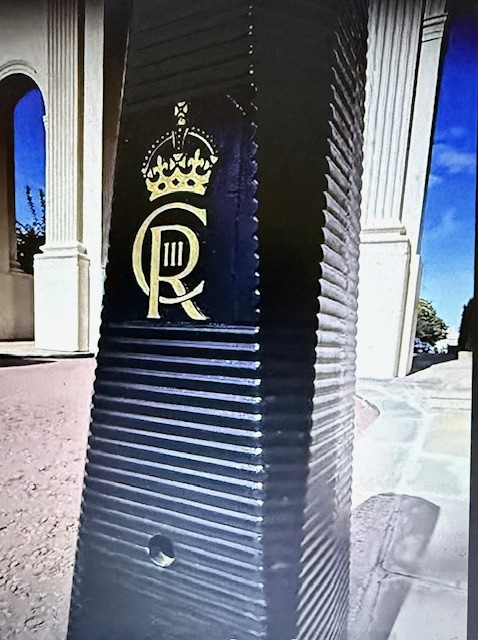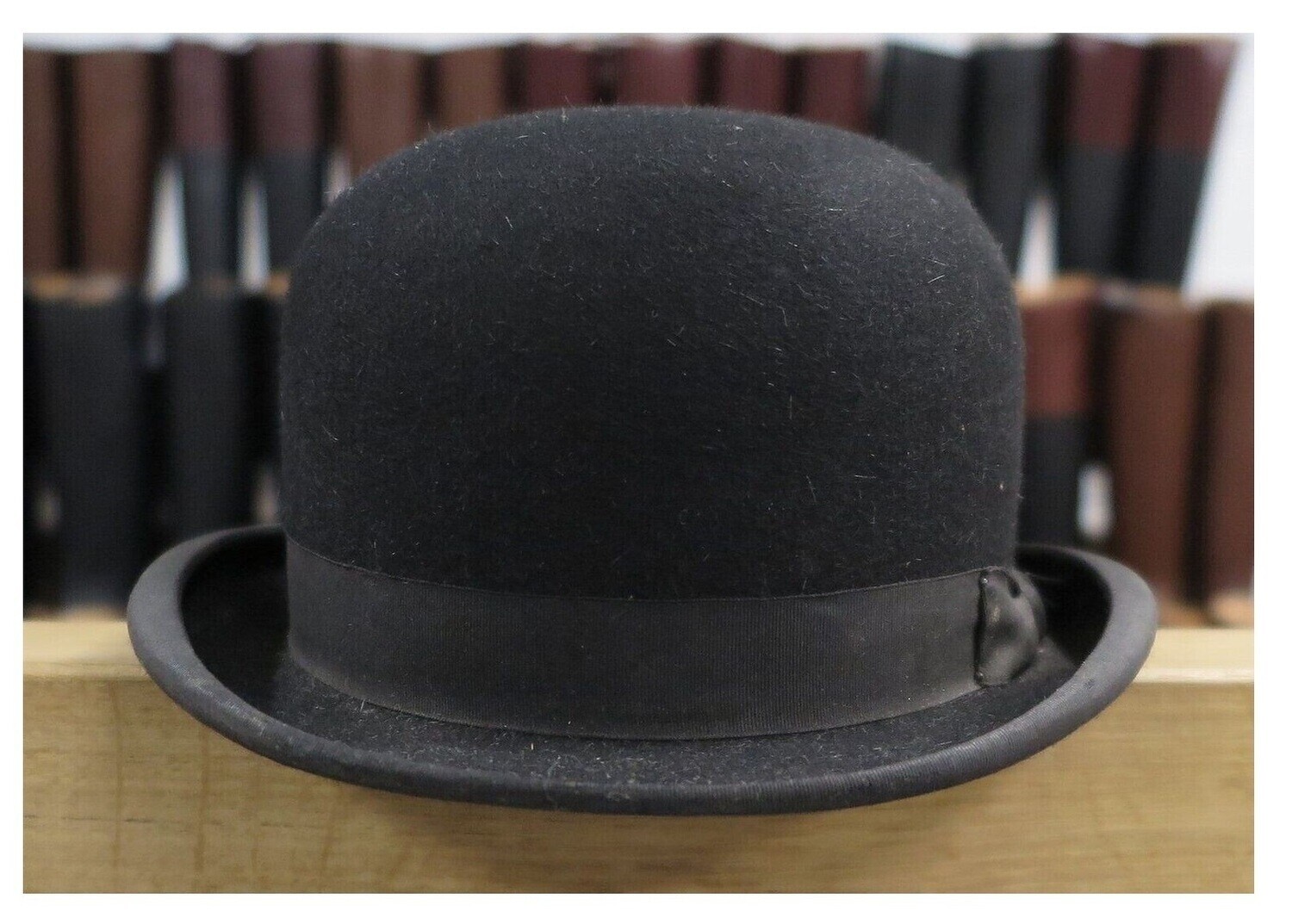A Brief History of London’s Bollards: Marking the Reign of King Charles III
Bollards, those small but sturdy posts scattered across London’s streets, might seem like insignificant urban features at first glance. However, they carry a deep history and are often symbols of the reign during which they were installed. Now, London has welcomed its first King Charles III bollards, marking a new chapter in this centuries-old tradition. The latest additions can be found near Regent’s Park, installed by the Crown Estate Paving Commission (CEPC), continuing a legacy that blends practical utility with royal symbolism.
The Origins of London’s Bollards
Bollards have been part of London’s street furniture for over two centuries, serving a variety of purposes, from controlling traffic to protecting pedestrians. Their design evolved from repurposed ship cannons, which were embedded in the ground, muzzle-side up, in the early 19th century. These were used to prevent horse-drawn carriages and later, motor vehicles, from mounting the pavements and damaging street infrastructure.
Over time, bollards became more than just functional objects—they also took on a ceremonial and aesthetic role. By the Victorian era, many bollards were adorned with royal symbols, representing the reigning monarch and the time period in which they were installed. As you walk around London today, you’ll notice bollards bearing the initials "VR" for Queen Victoria, "GR" for King George, and "QEII" for Queen Elizabeth II.
London’s First King Charles III Bollards
As of September 2024, the first bollards bearing the royal cipher of King Charles III have appeared in London, symbolizing the beginning of a new reign. These CRIII bollards have been installed on a side street near Chester Terrace in Regent’s Park, one of the city’s most prestigious neighborhoods. This particular installation was carried out by the CEPC, which has maintained this area for over 200 years and is responsible for preserving the historic elegance of the streets, pavements, and gardens around the park.
The new CRIII bollards were installed not merely for decorative purposes but to prevent vehicles from damaging the York stone paving. These bollards are among the first of their kind, and due to the CEPC’s careful approach to urban design, they are expected to remain rare. Bollards are only installed when absolutely necessary, and damaged bollards are usually repaired or replaced with the original cipher, rather than updated to reflect the current monarch.
A Legacy of Royal Bollards Around Regent’s Park
The streets surrounding Regent’s Park are lined with beautiful Regency-style homes and equally grand street furniture, including these iconic bollards. Each one reflects the monarch on the throne when it was installed, creating a timeline of British royalty scattered along the pavements. Visitors to the area will see a variety of ciphers, including QEII for Queen Elizabeth II, VR for Queen Victoria, and even some W IV for King William IV.
Now, the new CRIII bollards have joined the ranks, offering a subtle but historic marker of King Charles III's reign. The bollards were crafted by Maybrey Reliance, a metal foundry located in Aylesford, Kent, just outside Maidstone, and installed in July 2024.
Preserving London's Street Furniture Heritage
The installation of these new bollards is part of the CEPC’s broader mission to preserve and maintain the historic streetscape around Regent’s Park. In addition to bollards, the CEPC also looks after London’s historic lamp columns, some of which are among the oldest operational street lamps in Britain. These lamps have been carefully restored and fitted with energy-efficient lighting, ensuring that the past and present co-exist seamlessly in one of London’s most iconic neighborhoods.
How to Find the King Charles III Bollards
To see these newly installed CRIII bollards, head to Chester Terrace, located on the eastern side of Regent’s Park, just off Chester Gate. As you walk the elegant streets, you’ll not only encounter the new bollards but also get a sense of London’s rich architectural and royal history, displayed through the street furniture that quietly defines this grand part of the city.
The Future of Bollards in London
While the appearance of King Charles III bollards may be a rare event, their significance lies in the continuation of a royal tradition that dates back hundreds of years. As London’s landscape continues to evolve, these bollards serve as small yet powerful reminders of the city’s connection to the monarchy and its historical legacy.
So next time you stroll through the streets of London, take a moment to appreciate the humble bollard—symbols of a bygone era, standing strong in a modern world.


.jpg)





